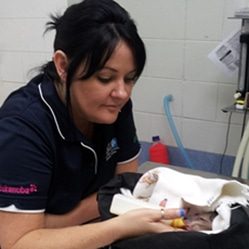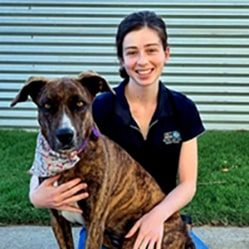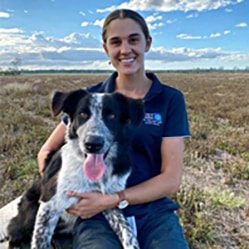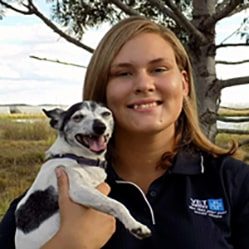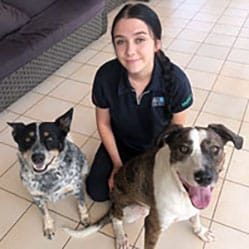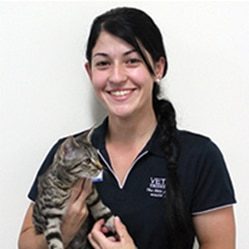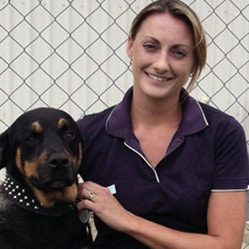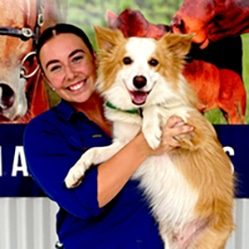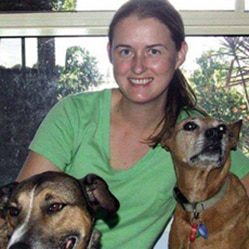Bovine Ephemeral Fever (BEF), commonly know as Three Day Sickness, is a disease of cattle that causes serious economic losses through deaths, loss of condition, decreased weight gains and reduced fertility in bulls. Three Day is marked by a short fever, shivering, lameness and muscular stiffness and is caused by a virus and is widespread in Queensland.
Spread of BEF
BEF is transmitted between cattle by flying biting insects. The transmitting insects have not been definitely identified, though it is thought that mosquitoes and biting midges (sandflies) are responsible. The spread of the disease depends on the season and weather conditions. In most years, BEF cases start at the beginning of the wet season in northern Australia, and then spread south and east down the east coast. It then spreads into southern Queensland, and central and coastal New South Wales. Occasionally, as in 2010, outbreaks occur in southern NSW and northern Victoria.
Animals at risk
Once exposed to the virus, cattle develop a log-lasting immunity. Calves are relatively immune to BEF from maternal protection until they are about six months old. Older cattle generally have immunity from previous exposure, with introduced or young growing cattle being most susceptible to disease.
However, outbreaks of disease affecting cattle of all ages can occur at the end of a series of drought years because lack of rain will have prevented the breeding of insect vectors during the drought. Cattle born during the drought will not have been exposed to the virus as younger animals and older immune animals will have been sold off.
Clinical signs
Cattle show signs associated with a fever where their temperature will generally be over 40°C. Sick animals shiver and stand with their backs arched and heads held low with muzzles extended, drooling saliva and often there is a discharge from the eyes and nostrils.
Cattle develop muscular stiffness and lameness in one or more limbs. The lameness may shift between limbs. Joints may be visibly swollen. Animals may go down, with heavy animals in good condition being most affected. Some animals remain down due to muscle damage or damage to the spinal cord from constant struggling. Up to 10% of animals may die or be destroyed becuase they cannot get up. Some animals that recover from BEF have the staggers due to spinal cord damage. Abortions can occur in cows due to the fever.
Diagnosis
In addition to the clinical signs of BEF a blood test can identify the presence of the virus, and is most successful when samples are collected in the first few days of clinical disease.
Treatment
Treatment success has improved with veterinary intervention after the development of better anti-inflammatory medications to treat the signs of the virus. Consult your veterinarian as soon as signs develop for the best treatment and chance of saving stock from BEF.
Prevention
A vaccine is registered for the prevention of Bovine Ephermeral Fever (BEF) only cattle older than six months old should be vaccinated. This vaccine has provided good levels of protection against BEF. Field observations have shown that some vaccinated cattle can develop mild disease even after vaccination. However, the severity and duration of illness is very much less than in unvaccinated cattle.
Two injections of the vaccine, 2-4 weeks apart, under the skin of the neck are necessary for long-lasting protection. To ensure that animals are fully immune before insect populations have the opportunity to breed, it is recommended that you complete vaccination before spring, especially in northern Australia.
Talk to any of the Vet Cross vets for advise and information on 3 Day Sickness and heard health programs.



















